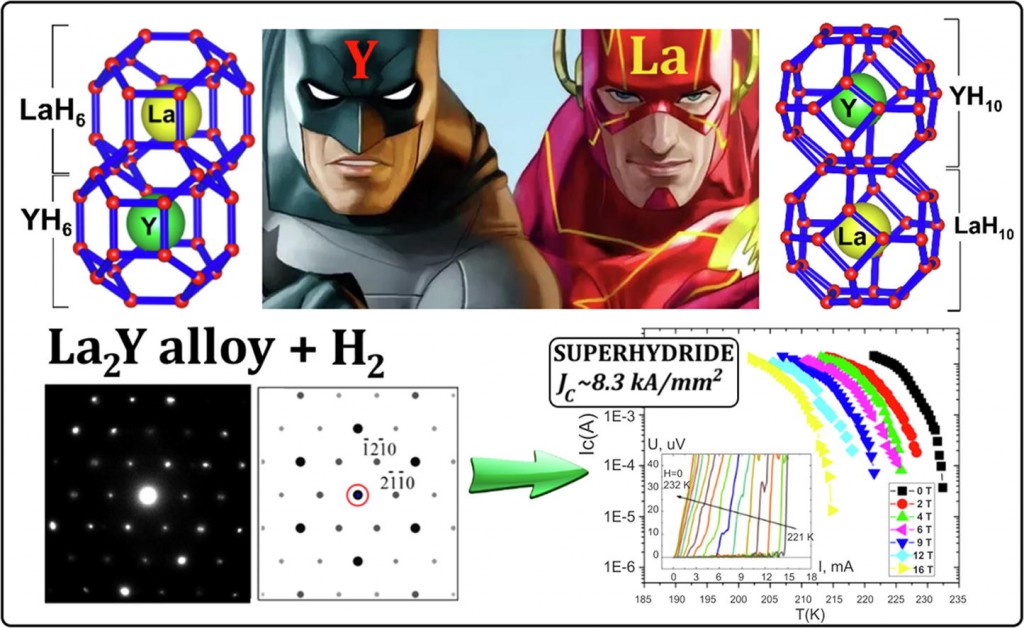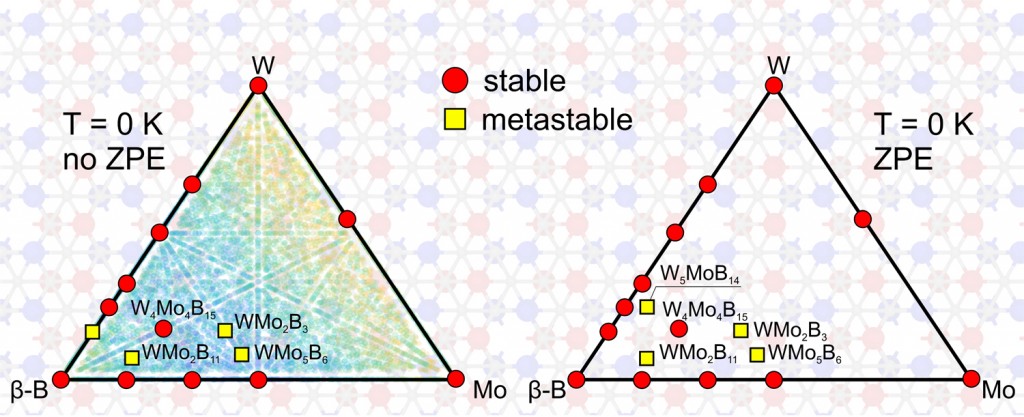Functional materials
Effect of Strengthening of thermoelectric PbTe by doping (Appl. Phys. Lett. 124, 022104, 2024)
Finding new efficient thermoelectric materials is a significant challenge for materials science. It is crucial to have a comprehensive understanding of material-property relationships to develop new materials successfully, given that minor structural or compositional changes can result in significant property changes. This paper extensively utilizes advanced theoretical approaches and investigates the impact of n- and p-type impurities on the mechanical characteristics of PbTe thermoelectric materials. n- and p-type doping of PbTe were studied using various techniques, including elastic tensor calculations, crystal orbital Hamilton population method, and local vibrational theory. Our findings reveal the specific ways in which doping type affects the material’s mechanical properties. This information can aid researchers in optimizing PbTe doping strategies.
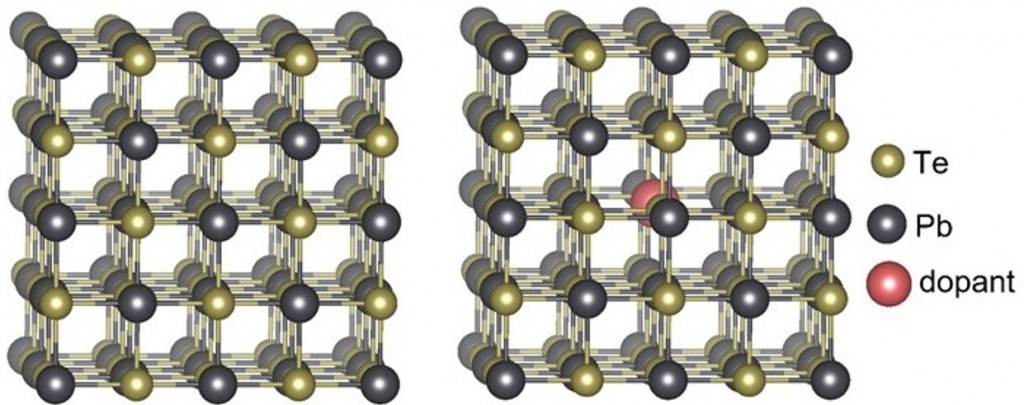
Synthesis and characterization of niobium carbide thin films on diamond surface for superconductive application (J. Alloys Compd. 976, 173266, 2024)
Diamond’s unique properties make it attractive for use in a variety of industrial applications. However, this material has not found mass application in microelectronics due to several factors, including the lack of large-sized plates, n-type doping, and high-quality metallization. In this article, we address the problem of diamond surface metallization by forming niobium carbide layers. We obtained a niobium carbide film several nanometers thick that exhibits superconducting behavior up to 12.4 K. To our knowledge, this is the highest superconducting transition temperature achieved in the niobium carbide system. The crystal lattice parameter of the film is 4.4659 Å, which is close to the maximum value for niobium carbide lattice parameters. Density functional theory calculations were employed to investigate the thermodynamic stability of niobium carbide compounds at various temperatures and determine the superconducting critical temperature of niobium carbide. The combination of diamond’s high thermal conductivity, along with the strong adhesion and superconductivity of niobium cabide films, introduces exciting possibilities for the realization of superconductive sensitive detectors.

Effect of Magnetic Impurities on Superconductivity in LaH10 (Adv. Mat. 2204038, 2022)
Polyhydrides are a novel class of superconducting materials with extremely high critical parameters, which is very promising for sensor applications. On the other hand, a complete experimental study of the best so far known superconductor, lanthanum superhydride LaH10, encounters a serious complication because of the large upper critical magnetic field HC2(0), exceeding 120–160 T. It is found that partial replacement of La atoms by magnetic Nd atoms results in significant suppression of superconductivity in LaH10: each at% of Nd causes a decrease in TC by 10–11 K, helping to control the critical parameters of this compound. Strong pulsed magnetic fields up to 68 T are used to study the Hall effect, magnetoresistance, and the magnetic phase diagram of ternary metal polyhydrides for the first time. Surprisingly, (La,Nd)H10 demonstrates completely linear HC2(T) ∝ |T – TC|, which calls into question the applicability of the Werthamer–Helfand–Hohenberg model for polyhydrides. The suppression of superconductivity in LaH10 by magnetic Nd atoms and the robustness of TC with respect to nonmagnetic impurities (e.g., Y, Al, C) under Anderson’s theorem gives new experimental evidence of the isotropic (s-wave) character of conventional electron–phonon pairing in lanthanum decahydride.
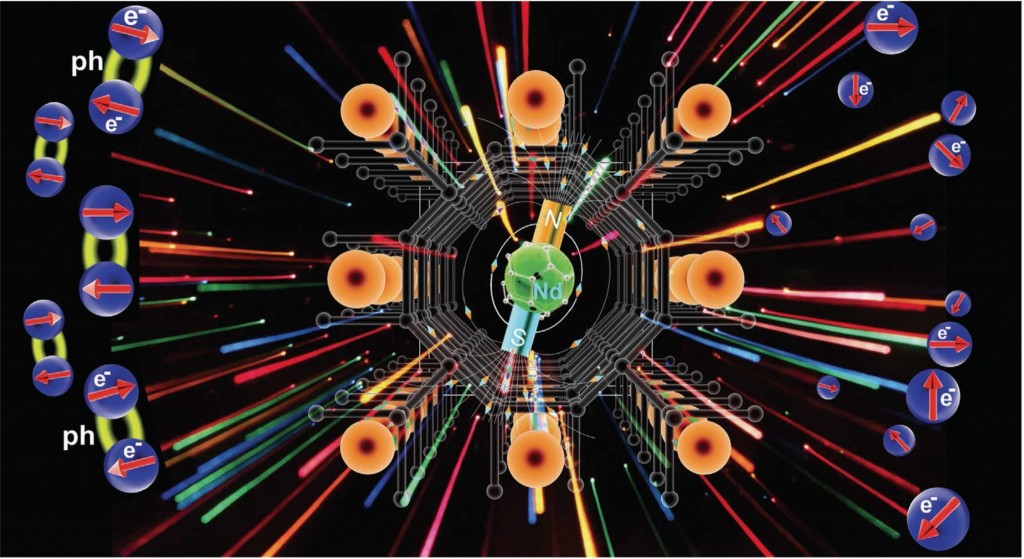
Hard protective and refractive coatings from Hf-Ta-C (Adv. Func. Mat. 2206289, 2022)
Comprehensive theoretical and experimental studies are performed to discover a new way of synthesis of Hf-Ta-C coatings. Here, an evolutionary search for stable crystal structures in the ternary Hf-Ta-C system with subsequent selective large-scale experimental synthesis of coatings using a unique plasma dynamic experimental setup is performed. Optimization of the experimental process allows us to perform selective synthesis of coatings made of hafnium–tantalum carbides with predefined stoichiometry, crystal structure, and properties. Along with more than 70 compounds, the Hf-Ta-C system belongs to ternary and quaternary carbides of group IV and V transition metals, and this study opens the door to synthesis of a large number of functional coatings composed of other carbides including high-entropy carbides.
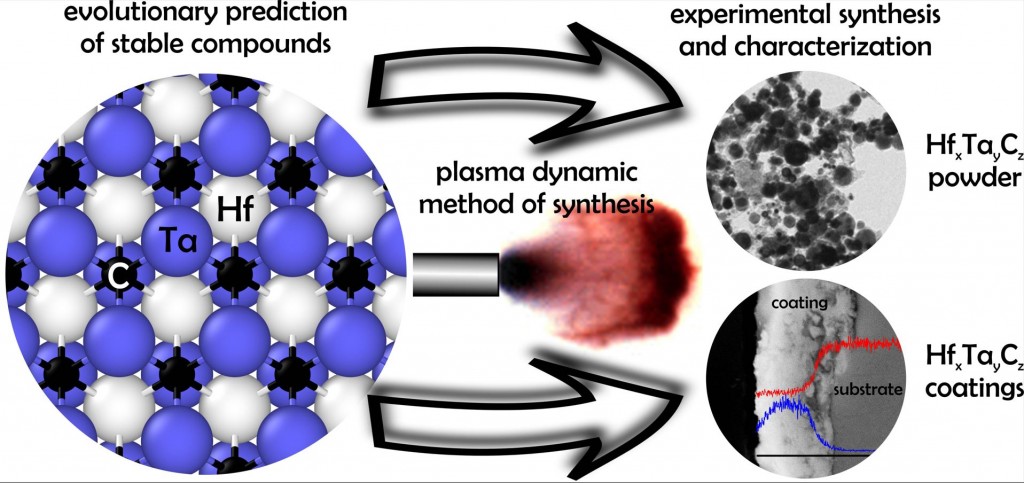
Prediction and synthesis of La-Y-H compounds with record-high superconducting critical temperature (Mat. Today. 2021, 48, 18-28)
This study was the first theoretical study devoted to prediction of new ternary hydrides of lanthanum and yttrium at a pressure of 200 GPa. It was shown that compounds such as (La,Y)H6 and (La,Y)H10 can stabilize at a given pressure and can possess a critical temperature up to 250 K. The theoretical results were used to carry out targeted experimental synthesis of these compounds. Experimental studies not only confirmed the superconducting nature of the new hydrides with TC = 253 K, but also showed that these compounds possess very large critical currents in comparison with binary hydrides, which was done and demonstrated for the first time. In addition, the fundamental possibility of stabilizing unstable binary hydrides in a ternary compound matrix has been shown. This opens a new way to obtain hydrides with higher critical temperature compared to binary compounds due to the fact that unstable binary hydrides tend to have a higher transition temperature to the superconducting state compared to stable ones.
Computational prediction of W-Mo-B compounds (Chem. Mater. 2020, 32, 16, 7028–7035)
Crystal structure prediction of new ternary compounds is challenging due to a very large chemical space with many possible compositions, few of which turn out to be stable. Using the evolutionary algorithm USPEX, here we predicted potentially superhard ternary compounds in the W–Mo–B system. Five new stable ternary compounds with various chemical compositions were predicted at different temperatures, and the composition–temperature phase diagrams were calculated. Electronic properties of the new compounds were studied in detail to find their correlation with the mechanical properties, crystal structure, and atomic composition (i.e., mass percentage of elements within the molecular formula).
